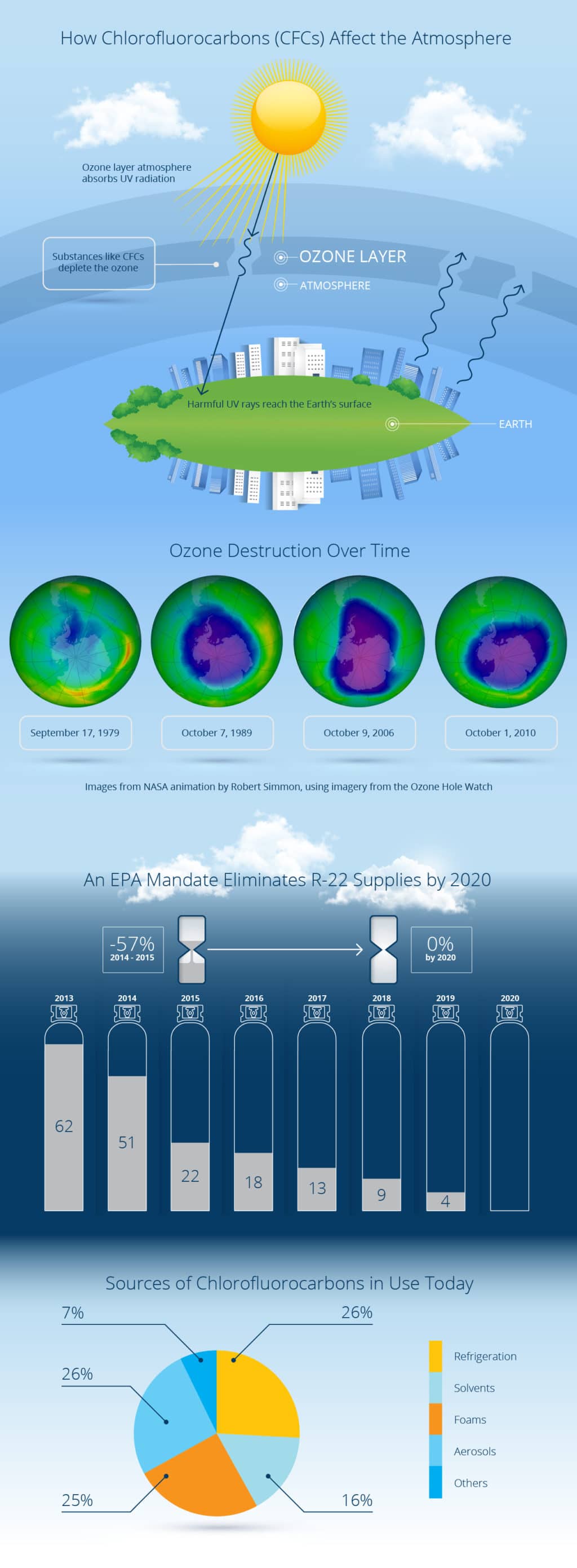The Ultimate Guide To Comprehending Warmth Pumps - How Do They Function?
The Ultimate Guide To Comprehending Warmth Pumps - How Do They Function?
Blog Article
Post By-Neergaard Montoya
The very best heat pumps can conserve you substantial amounts of cash on energy bills. They can additionally help in reducing greenhouse gas exhausts, especially if you use electricity instead of nonrenewable fuel sources like lp and heating oil or electric-resistance furnaces.
Heat pumps work significantly the same as air conditioning unit do. This makes them a practical option to traditional electrical home heater.
Exactly how They Function
Heat pumps cool down homes in the summer and, with a little assistance from electricity or natural gas, they supply a few of your home's home heating in the winter season. They're a good alternative for individuals that intend to decrease their use of fossil fuels yet aren't ready to replace their existing heating system and air conditioning system.
They count on the physical reality that also in air that appears too cool, there's still power existing: cozy air is constantly moving, and it wants to move right into cooler, lower-pressure atmospheres like your home.
A lot of ENERGY STAR licensed heatpump operate at close to their heating or cooling ability throughout the majority of the year, minimizing on/off biking and saving power. For the very best efficiency, concentrate on systems with a high SEER and HSPF score.
The Compressor
The heart of the heatpump is the compressor, which is also known as an air compressor. This mechanical streaming gadget uses prospective energy from power creation to raise the stress of a gas by reducing its quantity. It is different from a pump because it just deals with gases and can not deal with fluids, as pumps do.
Climatic air enters the compressor via an inlet valve. It circumnavigates vane-mounted arms with self-adjusting size that split the inside of the compressor, developing multiple cavities of varying size. The blades's spin forces these cavities to move in and out of phase with each other, compressing the air.
The compressor pulls in the low-temperature, high-pressure cooling agent vapor from the evaporator and compresses it into the warm, pressurized state of a gas. This procedure is repeated as needed to provide heating or cooling as required. The compressor likewise includes a desuperheater coil that recycles the waste heat and adds superheat to the cooling agent, changing it from its fluid to vapor state.
The Evaporator
The evaporator in heat pumps does the very same point as it does in fridges and a/c unit, changing fluid refrigerant right into a gaseous vapor that eliminates heat from the space. Heat pump systems would not function without this essential tool.
electronic repairs christchurch of the system is located inside your home or structure in an interior air handler, which can be either a ducted or ductless system. It consists of an evaporator coil and the compressor that compresses the low-pressure vapor from the evaporator to high pressure gas.
Heat pumps take in ambient warmth from the air, and after that utilize power to transfer that warmth to a home or service in home heating mode. That makes them a lot a lot more power reliable than electric heating units or heaters, and since they're making use of clean power from the grid (and not burning fuel), they additionally produce much less emissions. That's why heatpump are such excellent ecological selections. (Not to mention a significant reason why they're ending up being so preferred.).
The Thermostat.
Heatpump are excellent choices for homes in cool environments, and you can use them in mix with traditional duct-based systems and even go ductless. They're a wonderful different to fossil fuel heater or traditional electrical furnaces, and they're a lot more sustainable than oil, gas or nuclear heating and cooling tools.
Your thermostat is one of the most important part of your heatpump system, and it works very in a different way than a standard thermostat. All mechanical thermostats (all non-electronic ones) job by using substances that transform dimension with increasing temperature, like coiled bimetallic strips or the expanding wax in a car radiator shutoff.
These strips contain 2 different types of steel, and they're bolted together to create a bridge that finishes an electrical circuit linked to your a/c system. As on front page gets warmer, one side of the bridge expands faster than the various other, which causes it to bend and signify that the heating unit is needed. When the heat pump is in home heating mode, the turning around valve turns around the flow of cooling agent, so that the outside coil currently operates as an evaporator and the indoor cylinder comes to be a condenser.